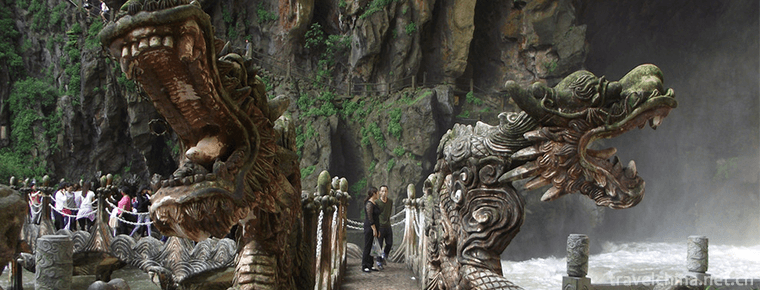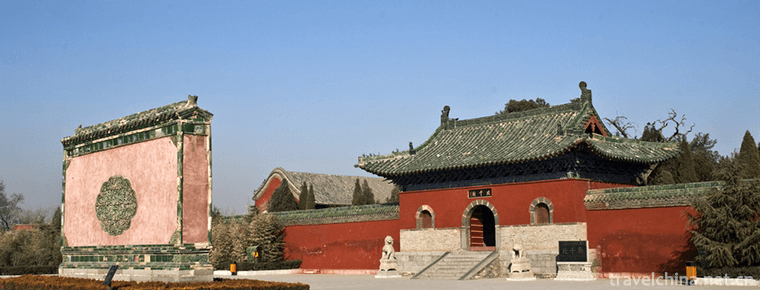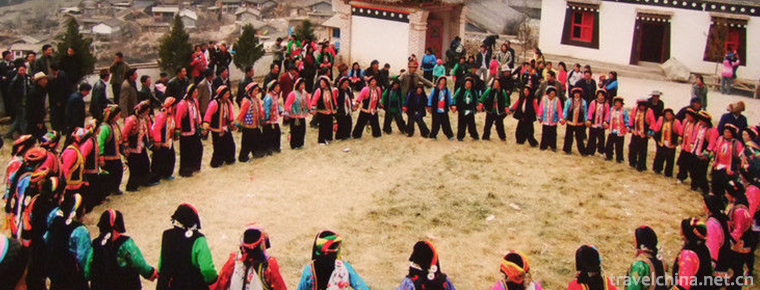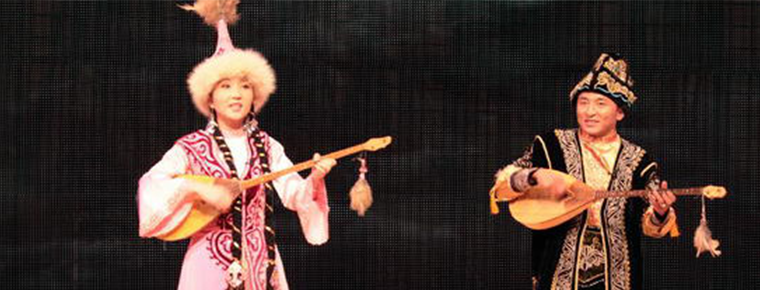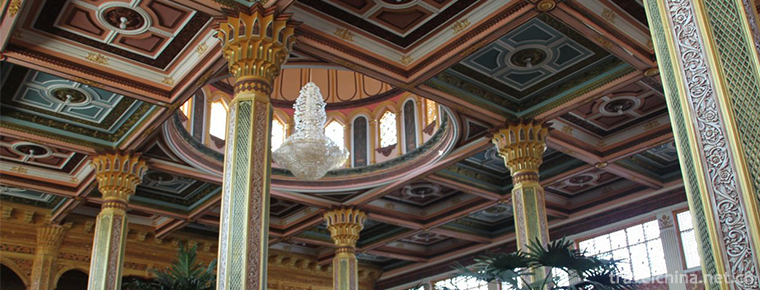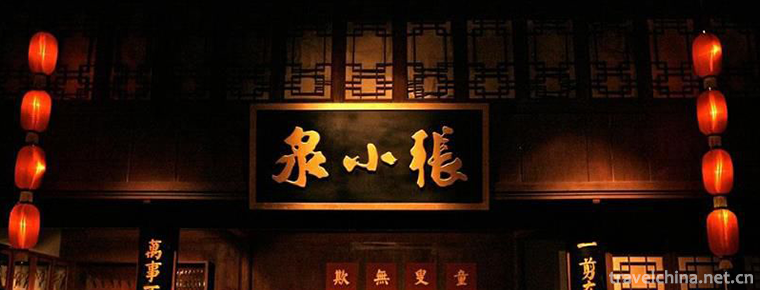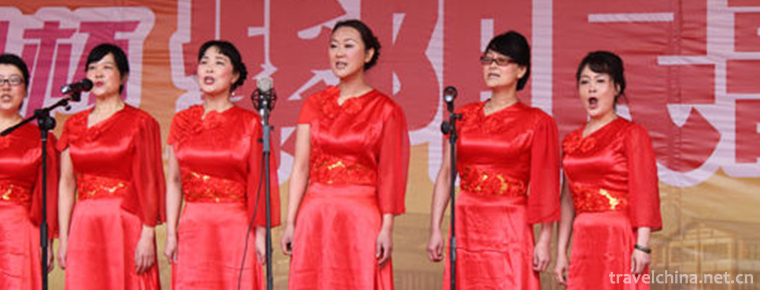Fangshan Luzhou
Fangshan
Luzhou Fangshan is a famous mountain in Sichuan. There are Emei Bantang, xiaozhongnanshan, xiaoemei, Yunfeng, etc. It is composed of 99 peaks, which are square from all sides, and are extremely magnificent.
Introduction to scenic spots
Fangshan is located in Jiangyang District, Luzhou City, 16 kilometers away from Luzhou City, covering an area of more than 20 square kilometers. Luzhou Fangshan is a famous mountain in Sichuan. In the Han Dynasty, there was the honor of Han Gao (the highland near the water of Han Dynasty); in the Tang Dynasty, Fangshan was also known as "xiaozhongnan mountain"; in the Qing Dynasty, Fangshan got the reputation of "Emei" and "Emei"; because it stood on the Bank of the Yangtze River, surrounded by clouds, rain and fog all the year round, Fangshan was nicknamed "Yunfeng" among the people.
Fangshan is composed of 99 peaks, which are square from all sides, and are extremely magnificent. Xueji peak (snow peak), the highest point of Fangshan Mountain, is 649 meters above sea level, which is not high. However, it has the potential to rise from the ground with the bedding of shallow hills and low mountains. The main body of Fangshan is composed of the sandstone of Guankou formation of Cretaceous system with bright red color, which is very eye-catching. The Danshan mountain and clear water complement each other and are extremely enchanting. Fangshan is like a castle, standing on the surrounding gentle hills and flat dams. There are "city gates" in all directions: the Buddhist gate in the East, the Guanyin gate in the west, the Taiji gate in the south, and the lailongmen gate in the north. Here grows the subtropical evergreen coniferous broad-leaved mixed forest, the forest is luxuriant, the soil and water conservation is very good. There are nine famous mountain springs on the mountain, which flow continuously all the year round, known as "Jiulong spit water". Now Yiping lake has been built, named "Tianchi".
Bodaoling is a mountain peak like a knife, shaped like a kitchen knife. It is the best place to view the sea of clouds. Yunfeng temple is located on the south slope of Fangshan Mountain, which is towering and magnificent. Yunfeng temple was built in the sixth year of Tianbao of the Tang Dynasty. There are old temple rooms, male lions and Xianfeng stone, Huiyu stone, Tingquan, huizhichi, etc. Xinyunfeng temple is located at the foot of Zizhu peak in Fangshan Mountain and is well preserved.
Fangshan is not big, but it is surrounded by ninety-nine peaks, which makes it more towering.
Detail description
Looking up from the bottom of the mountain, the surface of Fangshan is square, like an altar for worshipping heaven. Stepping into the mountain, more than 1500 mu of ancient trees are green and verdant, and clouds appear and disappear all day long; tens of thousands of ancient Zhennan trees support the strength of Fangshan; dozens of mu of green bamboo shake the charm of Fangshan; the evergreen pines and cypresses all over the mountain top are the ageless rings of Fangshan.
Listen to the spring pool dripping mountain spring, Huizhi pool trickle, is the pulse of Fangshan. The Huxi River, which runs round Fangshan to the Yangtze River day and night, is the life of Fangshan.
Because of the prosperity of mountains, mountains because of the name of Buddha. Since ancient times, Fangshan is no exception. According to legend, Emperor Wu of Han dynasty built LAN temple in Fangshan, Emperor Ming of Tang dynasty built old Yunfeng temple in Fangshan, added new Yunfeng temple in Song Dynasty, and rebuilt Huxi bridge into Yinglong bridge in Qing Dynasty, and added stone archway outside the mountain gate.
Qin MI, a famous official of the Shuhan Dynasty, wrote an inscription "the teeth of ghosts and cobras" on the bodaoling mountain of Fangshan, praising its danger. Emperor Jianwen chose the mountain to build the Xing palace, and once counted the mountains on the snow Ji peak of Fangshan, and counted the origin of the ninety-nine peak
In the long years of the towering Fangshan Mountain, there are the remains of emperors and generals, the poems of poets and poets, and the prosperity and coexistence of Buddhism and Taoism, which are "forty eight temples in Fangshan Mountain, locked in the light smoke trees".
The annual pear blossom festival in Luzhou is in the Zhengshan mountain of Fangshan, located in Danlin town. In March every year, there are a lot of people who go to enjoy pear blossom, climb mountains and taste local products. It is a good place for leisure and outing.
Traffic guide
transit
The first and last bus stop of Luzhou bus no.376 Longchi road Fangshan scenic spot
Longchi Road Bus Terminal - Longchi Road South - Duxi road - Huayang agricultural trade market - Jiangwan group 2 - zaozishan - Weixing group 10 - daobanfang - changyaoshan - Community 18 on the West Bank - Paradise - Huayang - West Bank 25 Society - litchi forest - Xiyan - shuangxizui - suxigou - Yunfeng group 5 - Zhangba - ganxigou - Fangshan Town - Fangshan police station - Fangshan toll station - Fangshan middle bridge - tourist reception center - Fangshan scenic spot

-
Mixed Congee
Eight treasures, also known as Laba porridge, porridge, Chinese traditional festival food. It is a gruel made from a variety of ingredients in Laba. Chinese scholars in the Southern Song Dynasty.
Views: 222 Time 2018-11-02 -
Coconut rice
"Coconut rice", also known as coconut boat, belongs to Hainan cuisine. Coconut is very nutritious and is a good product for both medicine and food. .
Views: 238 Time 2018-11-05 -
Longgong Scenic Area of Anshun City
Located in the southern suburb of Anshun City, Longgong Palace is adjacent to Huangguoshu Scenic Area and 116 kilometers away from Guiyang City, the provincial capital..
Views: 129 Time 2018-12-12 -
Bigan Temple
Bigan Temple, located in Weihui, Henan Province, is one of the most important temple-tomb complex. It is the first temple in China with tomb-worshippers, known as "the first temple in the world&a.
Views: 152 Time 2019-01-02 -
Duodi dances
Multi-place dance, Tibetan folk dance, is a unique way for Tibetan people to dance and sing. It mainly distributes in three areas of Zhouqu County, Gansu Province.
Views: 347 Time 2019-04-28 -
bir bala
Kazakh is a music-loving nation, known as "horses and songs are the wings of Kazakhstan". Folk songs play a very important role in Kazakh music. Where there is a felt room of Kazakh people, .
Views: 110 Time 2019-05-02 -
Construction Techniques of Traditional Residential Buildings in Southern Fujian
South Fujian residential building technology is a unique traditional architectural technology originating in Quanzhou, which began in Tang and Five Dynasties, is the mainstream of ancient architectura.
Views: 153 Time 2019-06-05 -
Uygur Residential Architecture Skills Aiwan Sailai Residential Construction Skills
Uygur Aiwan Sailai dwellings are mainly distributed in towns and villages along the desert edge of the Tarim Basin, especially in Yutian, Moyu, Minfeng, Pishan, Hetian, Shache and Kashgar along the so.
Views: 291 Time 2019-06-26 -
Forging Skill of Zhang Xiaoquans Scissors
In 1663, Zhang Xiaoquan's scissors were first created in Hangzhou, and later became one of the famous "five Hangzhou" products. The development of "Zhang Xiaoquan" scissors has exp.
Views: 278 Time 2019-07-25 -
Ziyang Folk Songs
Ziyang Folk Song is the general name of traditional folk songs spread in Ziyang County, Shaanxi Province, and it is the most representative of traditional folk songs in southern Shaanxi Province. It h.
Views: 347 Time 2019-08-16 -
Anhui Medical University
Medical University Of Anhui (Anhui Medical University), referred to as "an Medical University", located in the capital of Anhui. Hefei City Yes. Key universities in Anhui By Anhui Provincial.
Views: 102 Time 2019-10-10 -
Lizhou ancient town
Lizhou ancient town is a big post station of the ancient Southern Silk Road, an ancient town of Liangshan Yi Autonomous Prefecture, and the place where the red army went through the long march..
Views: 191 Time 2020-10-16


